Telescope-Cameras-ZWO ASI2600MM-DUO Monochrome Astronomy Camera
$1,149.50 Original price was: $1,149.50.$459.80Current price is: $459.80.
Explore the universe with the ZWO ASI2600MM-DUO Monochrome Astronomy Camera. Capture stunning celestial images today!
117 in stock
Your All-in-One Monochrome Imaging Solution!
ZWO has brought their innovative Duo camera design to the ASI2600MM! This all-in-one camera features two sensors, the highly sensitive Sony IMX571 main sensor and the SC2210 guide sensor. By including two sensors in one camera, this eliminates the need to add an additional guide camera and guide scope, simplifying your setup and providing ease of use. Thanks to the ingenuity from ZWO, this ASI2600MM Duo delivers a unique, high performing astrophotography camera for incredible images brimming with clarity!
The ASI2600MM Duo possesses 26 megapixels, an ultra-high dynamic range of 14 stops, and impressive peak quantum efficiency. Enhancing its performance even further is the careful craftsmanship from ZWO. Enjoy an onboard 512MB memory buffer, the absence of amp glow, and a built in anti-dew heater. Two stage TEC cooling cools the camera down to -35 degrees below ambient for clean, detailed images. In addition to these features, the inclusion of the guide sensor brings this camera’s excellence one step further! The 2MP monochrome guide sensor resolves the night sky beautifully, letting you choose the perfect guide stars for the best possible images. Also, differential flexure can be avoided, an issue typical of traditional guiding systems. This problem arises when there is a mismatch between what your main camera is viewing and what your guide camera is viewing, causing blurred, distorted stars within your captured frames. By having your main sensor and guide sensor have the same field of view, this issue is significantly reduced, especially when using long focal length telescopes! With qualities like these, the ASI2600MM Duo is a must have amongst your astronomy toolkit!
Please Note: ZWO has done an excellent job grouping the main and guide camera together, fitting both inside the same image circle that a full-frame sensor occupies. As with full-frame sensors, you do need to ensure the rest of your imaging train can support a 44 mm image circle, however given the nature of this camera this doubly important; as severe vignetting will impact your guiding performance/ ability to guide. Celestron 8″ and smaller SCTs are notably impacted by this, and are not recommended.
A High Performance, Professional Camera for Astrophotography
Let’s Dig into the Data!
What sets one astrophotography camera apart from another? How is performance measured? Camera and sensor manufacturers provide certain interconnected specifications that give insight into the performance of a camera. These measurements include quantum efficiency, read noise, full well depth, gain, and dynamic range. While the graphs provided by the manufacturer may be confusing or intimidating, don’t fret! Our team has put together a breakdown of these complicated topics to help you make sense of them. Take a look at the article here: Understanding ZWO Camera Charts and Graphs, and feel more confident making the right choice for your astrophotography needs!
APS-C Sony IMX571 Sensor
This ASI2600MM Duo astronomy camera is equipped with the Sony IMX571 sensor. This APS-C sized sensor features a 6248 x 4176 resolution, delivering stunning images in 26MP! Small 3.76 x 3.76 micron pixels resolve fine detail seen within countless celestial bodies, and the 14 stops of dynamic range and 50Ke full well capacity provide an incredible range of signal collection. ZWO has also included an extended full well capacity of 73Ke when the gain value is set to -25, for reduced worry of pixel saturation. This means longer exposures can be taken without over-exposing bright stars! Thanks to its monochrome design, the peak QE of 91% makes this a highly sensitive powerhouse. This QE value paired with the low readout noise of 0.9e-4.0e provides a high signal to noise ratio for clean, beautiful data.
SC2210 Guide Sensor
Utilizing the same sensor within the popular ASI220MM, this built in guide sensor has a peak QE of 91% and low readout noise 0.6e, offering impressive NIR sensitivity. This sensor has impressive features such as a full well capacity of 8.78Ke, 12bit ADC, and small 4um x 4um pixels in a 1920×1080 array. These qualities coalesce to deliver optimal resolution of available guide stars for peak guiding performance. When looking at the guide images, the stars on the corner that are affected by the reducer’s back focus distance might not be very round, but this is not due to the sensor tilt and will not affect guiding accuracy.
Electronic Highlights
ZWO has crafted this ASI2600MM Duo with the absence of amp glow! Careful circuitry eliminates the issue of weak infrared light leaking onto the imaging sensor, for clean, amp glow-free images. Sensor noise and dark current are greatly reduced thanks to the onboard two stage TEC cooling. This technology lowers the sensor to 35° below ambient for long exposures with outstandingly low noise. With changing in temperatures throughout the night, the formation of dew is a major problem that hinders image quality. With this in mind, ZWO has built an anti-dew heater into this camera to help avoid any dew issue that may arise throughout your night of imaging. This heater requires approximately 5W of power and can be toggled off within software. Also included is a 512MB DDR3 memory cache that reduces buffer time during image transfer, and helps preserve your data until it is safely relayed to your PC.
Power and Ports
A DC 12V power adapter is needed to ensure your camera is fully powered for a night of astrophotography. We recommend the Apertura Universal 5 Amp AC Adapter to get the job done! The ZWO ASI2600MM Duo has a USB 3.0 interface. The featured 5Gb bandwidth provides quick and reliable transfer to your computer. Two USB 2.0 ports allow the addition of user supplied accessories, such as an electronic focuser! This camera comes standard with one USB 3.0 cable and two USB 2.0 cables to get you under the stars in no time.
Everything Needed for Proper Backfocus Spacing
Understanding the daunting task of finding the right spacers for the perfect backspacing, ZWO has supplied this package with adapters and spacers to deliver the industry standard of 55mm of back focal distance. This lets you attach this camera to your imaging system with ease, and also offers seamless integration of additional accessories. Effortlessly add other ZWO items such as a Filter Drawer through the ample amount of spacers and adapters provided.
what our customer say this product:
| 5 star | 100 | 100% |
| 4 star | 0% | |
| 3 star | 0% | |
| 2 star | 0% | |
| 1 star | 0% |
Only logged in customers who have purchased this product may leave a review.


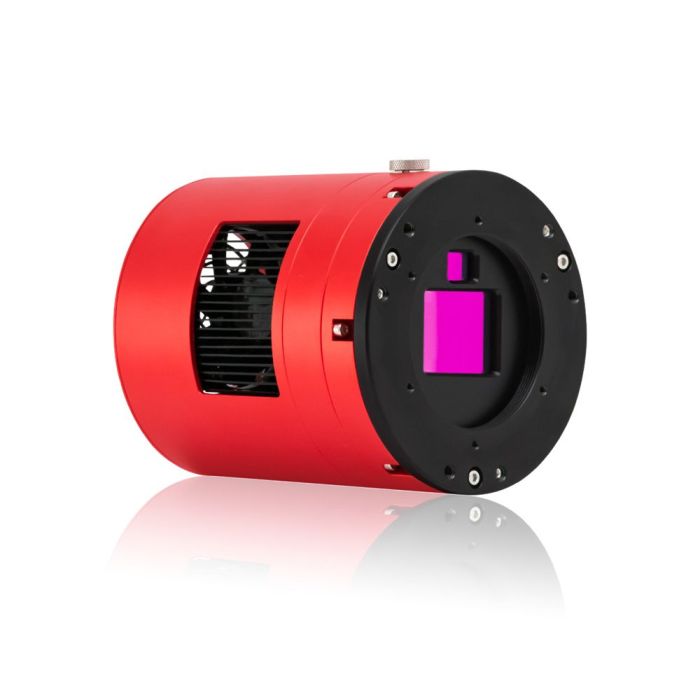
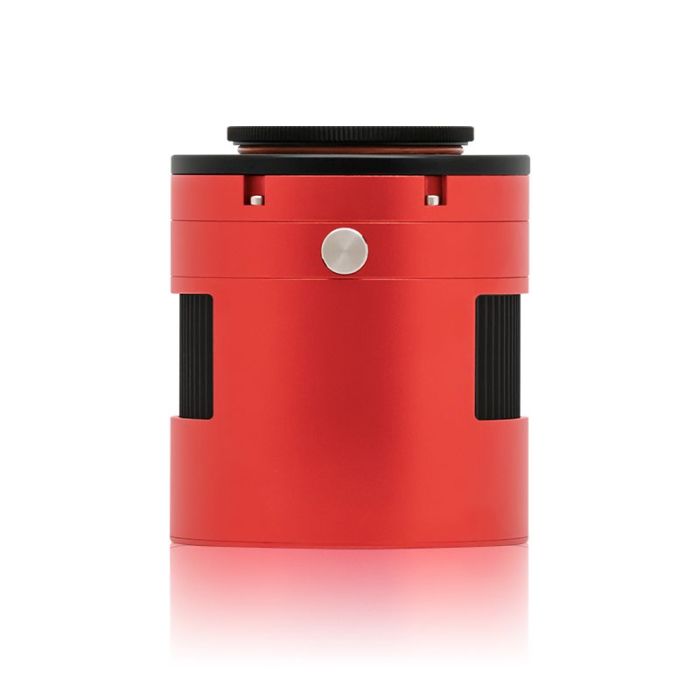
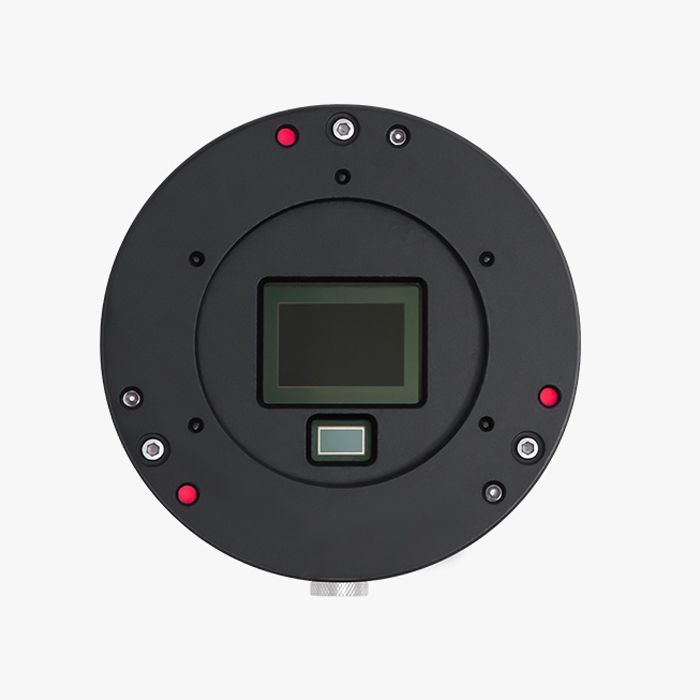
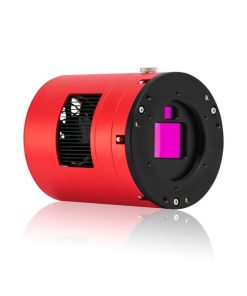


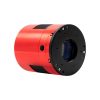
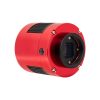

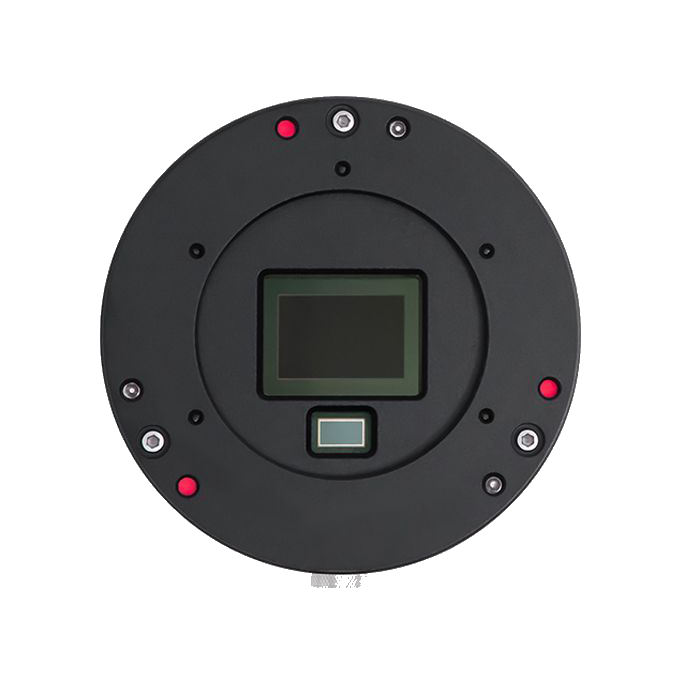
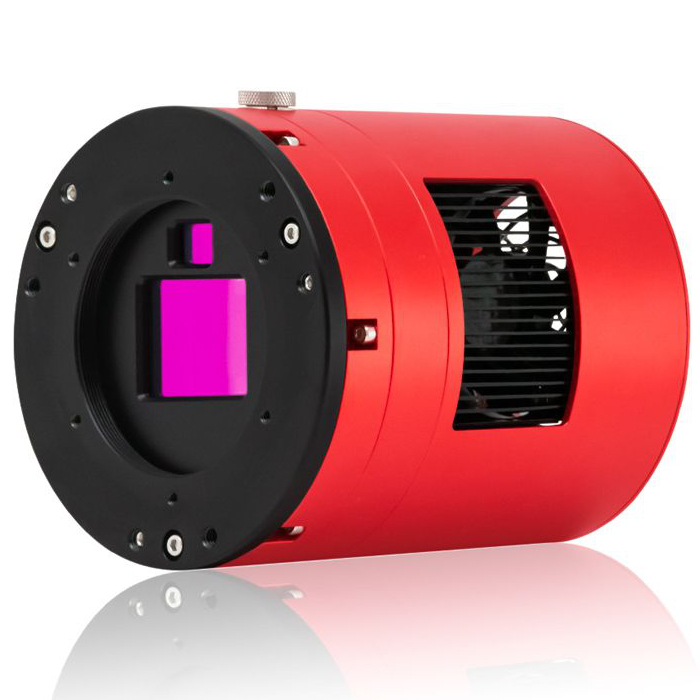
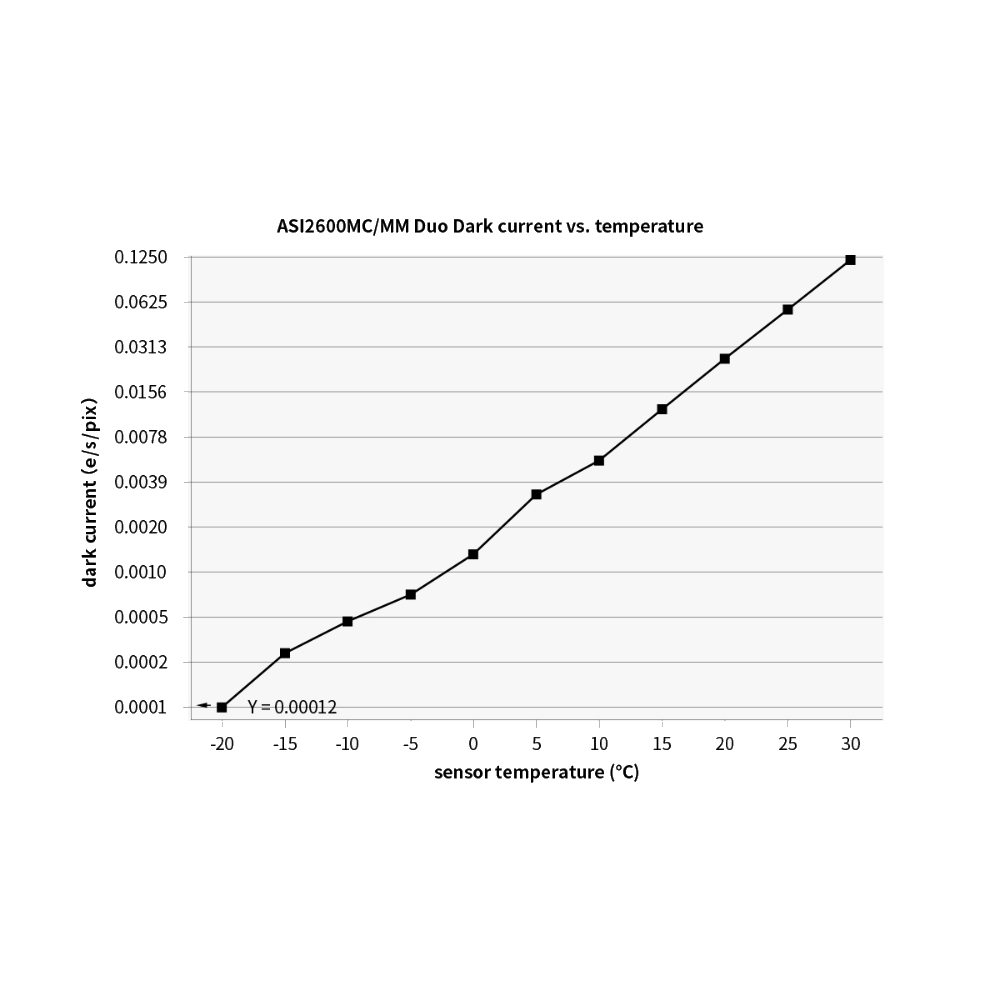
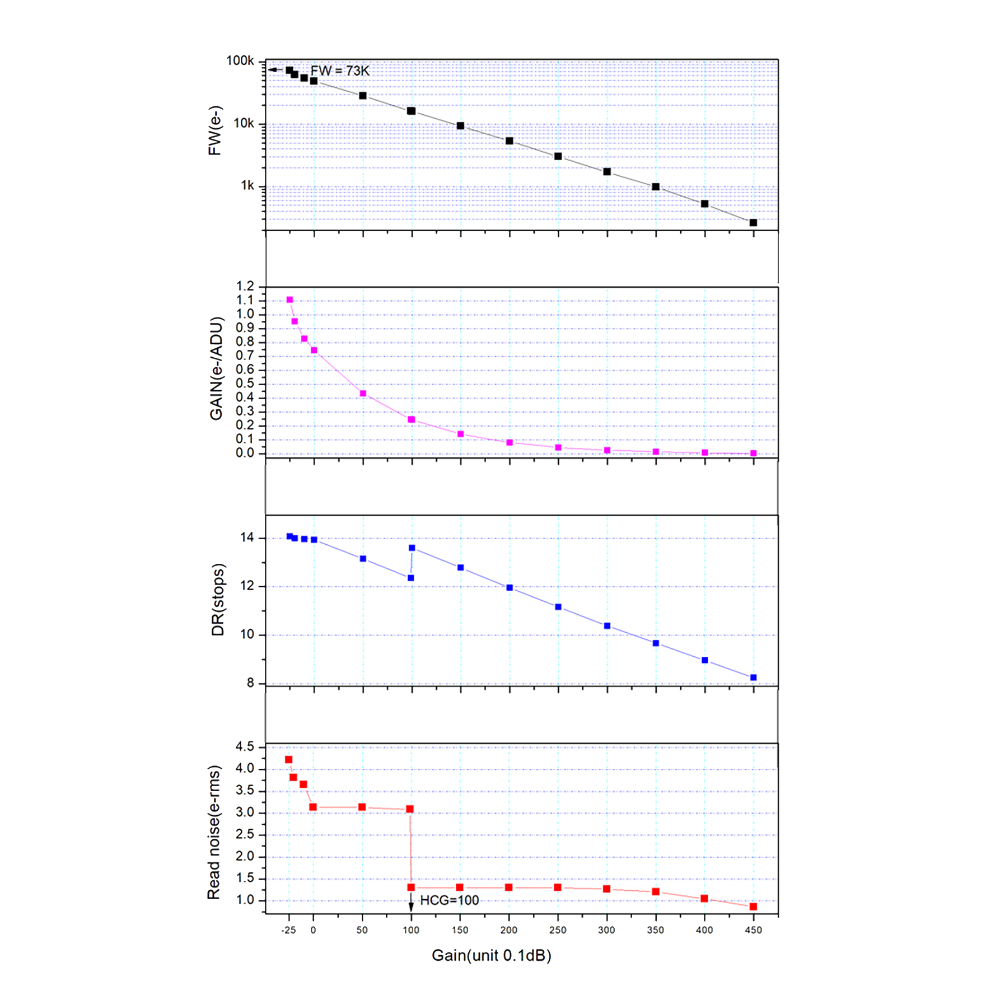
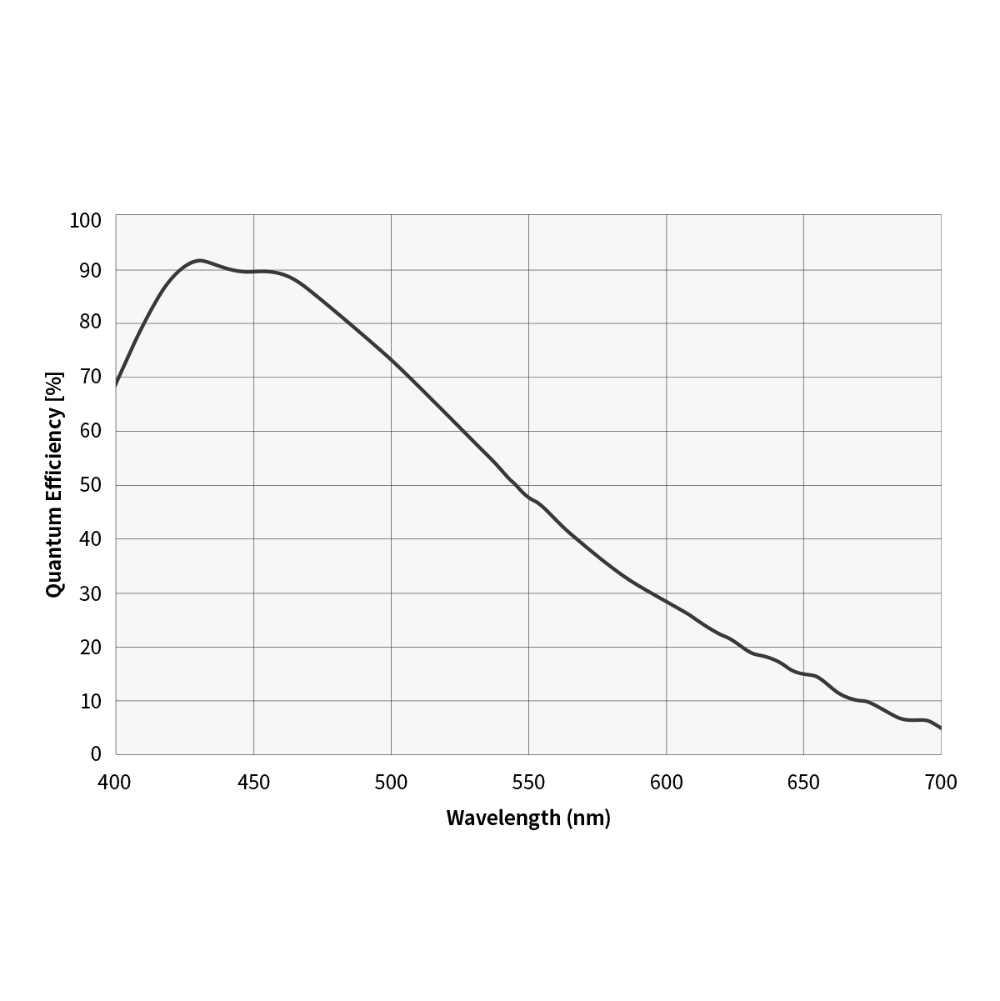

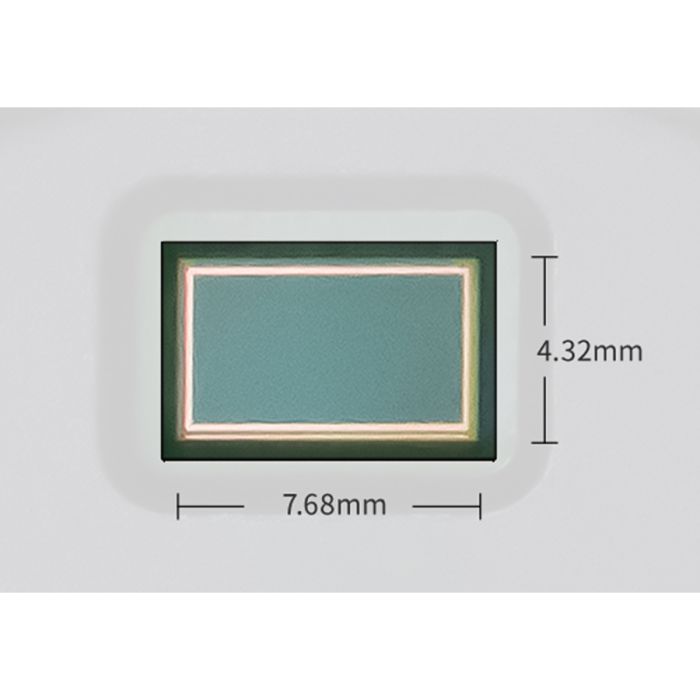
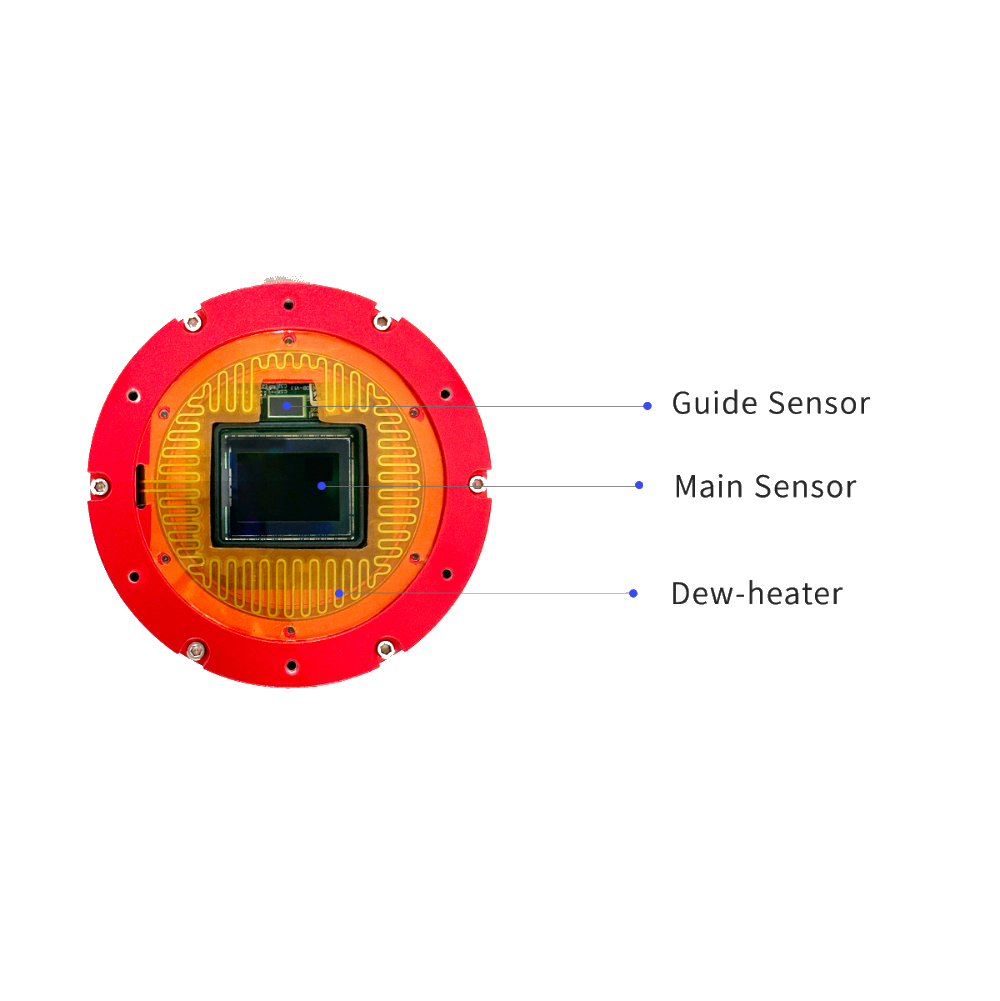
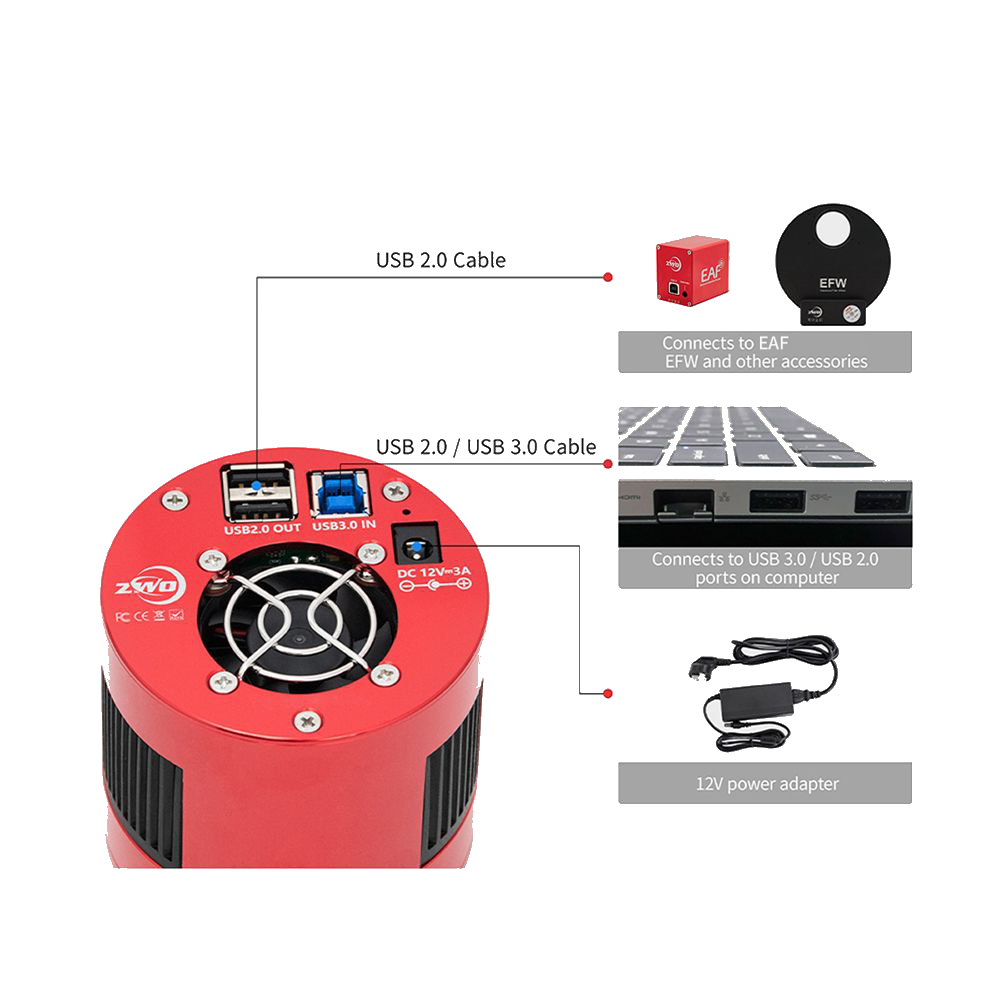


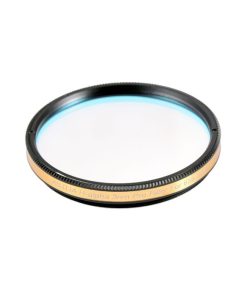
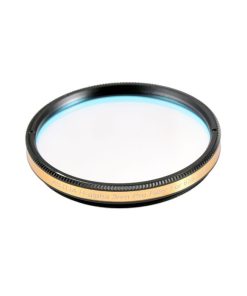

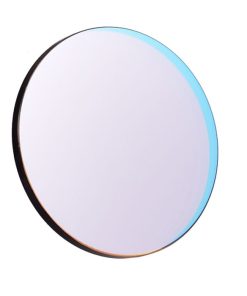


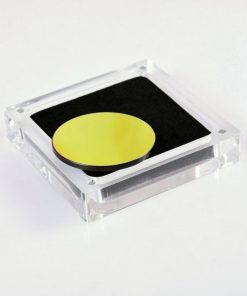
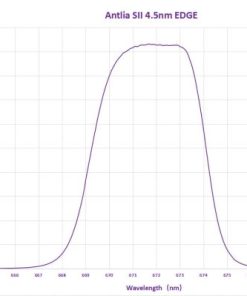
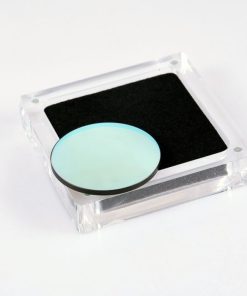
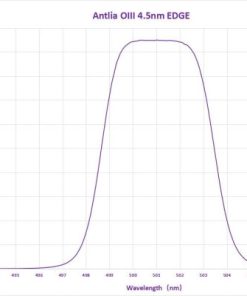
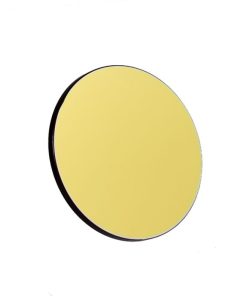
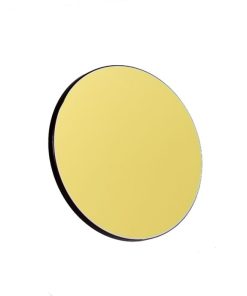
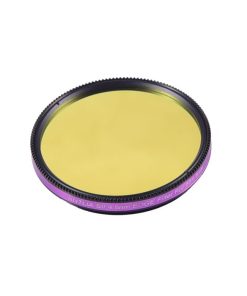
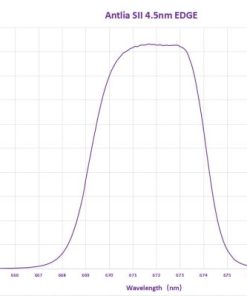
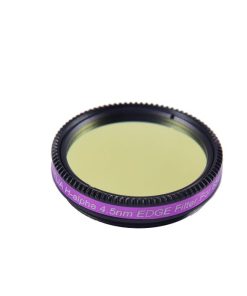
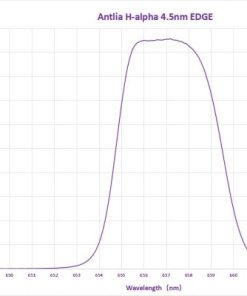
Eric F. Verified Buyer –
I have less than half a night’s worth of data, but so far, I am very impressed with the performance of the ASI2600MM Duo and Antlia filters.
This is replacing my ASI1600M Pro and Optolong filters. I chose Alnitak as my test target, to give the new camera (and filter set) a trial by fire. I only got about 18 minutes per channel of RGB dat
a, due to a focusing error after meridian flip, but I got enough to see how the 2600 sensor performs against the 1600. There are no “microlensing” artifacts whatsoever. Additionally, the Antlia filters showed no halo around Alnitak.
The color of the stars is also much better than the 1600, taking into account the relatively short integration time on target.
As I was also shooting narrowband with 3nm filters, I used an OAG rather than the Duo’s guide camera. However, the Duo camera showed up as a choice in PHD2, no problems.
My one half-night with this camera has made me look forward to the next stretch of good weather. I believe that this is going to produce excellent images.
RGB subs = 180 seconds @ 0 gain, 18 subs per channel
SHO subs = 600 seconds @ 100 gain, 10 subs per channel